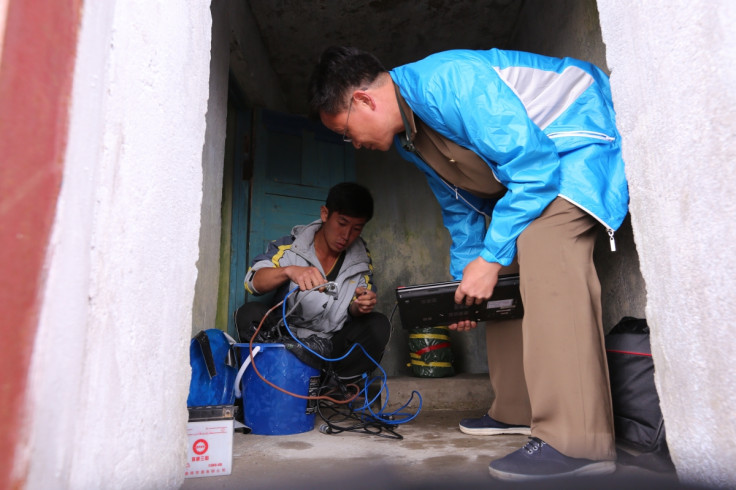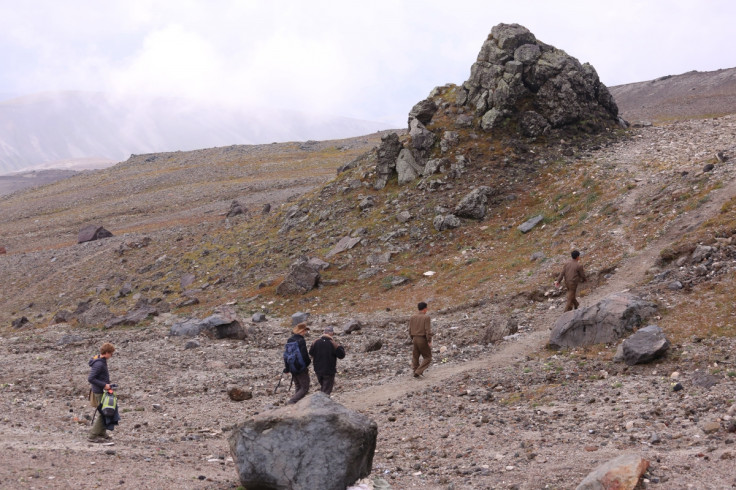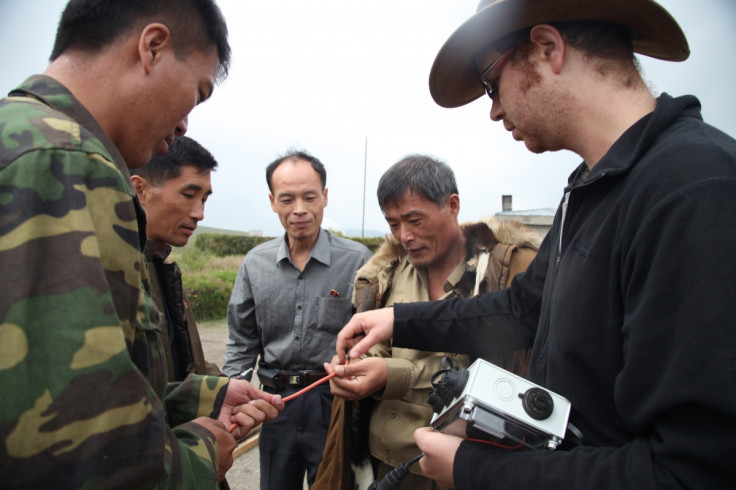Mount Paektu: North Korea's enigmatic volcano has molten rock lurking beneath
North Korea's "enigmatic" volcano Mount Paektu, which produced one of the largest eruptions in history, has molten rock lurking beneath it. This discovery was made as part of one of the first scientific collaborations between western and North Korean scientists – an effort dubbed a "milestone" by the researchers involved.
Mt Paektu sits on the boarder of North Korea and China. It is an active volcano and erupted in 946 AD, spewing huge quantities of lava and volcanic rock into the air. This eruption is believed to have formed the 5-kilometre caldera at its summit. Between 2002 and 2005, the volcano attracted a great deal of attention when it showed signs of unrest.
However, access to the volcano has been limited. This has meant very little is known of its history, the structure beneath and its magmatic evolution. Furthermore it does not sit on any of the tectonic locations often responsible for eruptions, so why it exists is also a bit of a puzzle.

Scientists from the UK and US joined researchers in North Korea to provide the first estimates for Mt Paektu's crustal structure. Published in the journal Science Advances, the researchers used data from six seismic stations to get readings from the volcano. They measured energy from distant earthquakes to see how it interacts with the earth beneath the volcano – when the energy bounces back, it can be recorded.
They were able to estimate, for the first time, that the crust 60km from the volcano is about 35km thick. "However, the crust beneath the volcano is more complicated and has clearly been modified by the 3.5-million-year history of volcanism in the region," they wrote.
Researchers say a large region of the crust has been changed by magmatism relating to volcanism. They said it is likely there is a region of molten rock in a significant portion of the crust beneath the volcano.
"[Results] suggest that partial melt is present in the crust beneath Mt Paektu," they wrote. "This region of melt represents a potential source for magmas erupted in the last few thousand years and may be associated with an episode of volcanic unrest observed between 2002 and 2005."

Study authors James Hammond and Clive Oppenheimer told IBTimes UK that the findings do not point to another eruption taking place anytime soon. "At the moment the volcano is quiet. The Chinese and DPRK scientists monitor the volcano for changes in the system and this is the best way of understanding if a future eruption is likely," Hammond said.
Oppenheimer added: "The volcano has been active in the historical period and it is safe to assume that at some point in the future – we cannot say when, possibly not for centuries - there will be future activity. It would be the same for many volcanoes that have erupted in the not too distant past, without doing any further work we could conclude that a future eruption is possible."

Both scientists are currently working with the team from Pyongyang to publish more papers on the volcano. "Part of our project (and research of the Koreans and Chinese) is to understand what kinds of eruptions have happened in the past," Hammond said. "Once we know that well it is possible to assess what sort of eruption may happen in the future."
Oppenheimer said they are hoping to continue their research collaboration with the North Korean team, saying they hope to "extend and upscale" their work in the future. Hammond said: "We would like to do more work on the volcano. At the moment we do not have a project scheduled, but we are discussing with our Korean colleagues new projects and hope to get funding for this to allow us to do more work soon."
© Copyright IBTimes 2025. All rights reserved.






















